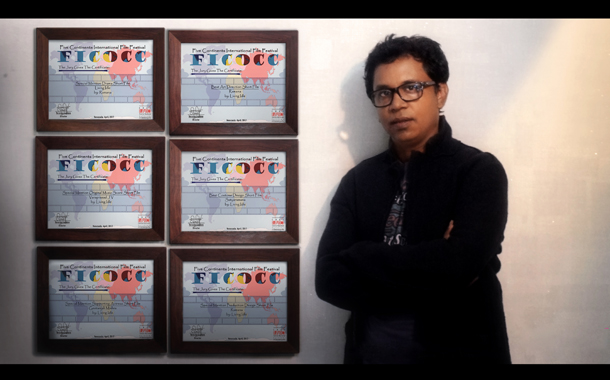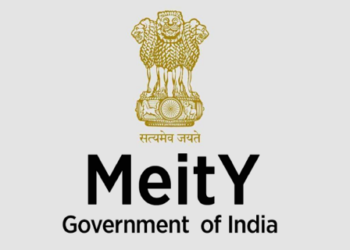Prolific filmmaker, Ramana’s short film ‘Living Idle’ receives international accolades by winning 26 international awards at various Film Festivals across the globe. Five Continents International Film Festival (FICOCC) is the latest win, in May 2017.
The film revolves around the basic idea of unconditional love and how a woman loves her husband and family and goes to any extent to fulfil her duty of love without any expectations or biases towards her oppressors. It runs for duration of 7 minutes.
 Currently, Ramana is the Art Director at Assemblage – a leading feature film focused CGI production animation studio based out of Mumbai. At Assemblage, Ramana closely works with its Hollywood clients in areas related to visual development, visual scripting and design.
Currently, Ramana is the Art Director at Assemblage – a leading feature film focused CGI production animation studio based out of Mumbai. At Assemblage, Ramana closely works with its Hollywood clients in areas related to visual development, visual scripting and design.
Throughout his career, he has worked on many great films like Puss in Boots, Madagascar, Elizabeth 2 & 3, and Prince of Persia, etc. Ramana has been working in the movie business for over 20 years and has been a part of renowned studios including the likes of Dream Works and mentored by great film-makers such as Shekhar Kapur. He has always been an inspiration the artists in the Indian animation and creative industry.
On his film receiving worldwide appreciation, Ramana said, “The most important thing for a creative person to excel at his work is when he is allowed the freedom of expression. This automatically translated into one’s body of work. Working here at Assemblage, I have been given the kind of freedom that a film maker can only dream of!”

Congratulating Ramana on his recent success, Arjun Madhavan, Head of Strategy and New Business at Assemblage adds, “Ramana’s ability to translate his creative visualisation into celluloid, over a weekend’s worth of a shoot has been very impressive. Kudos to him, the brilliant actors and execution team for pulling this off!”
Living Idle is a symbolic short film that reflects actions have consequences. This is the story of an artist, a creative sculptor of idols,that puts life and colour into clusters of mud and clay. Ironically, he fails to add colour to his own creation- his world, his family, his child. The narrative revolves around how a creation of the sculptor- an idol of Ma Durga punishes him (by rendering him indisposed and idle), when he crosses all limits of abuse and shows him a life of yearning. The film concludes with a deep dawn of realisation – of how a single action- takes away from him his ability to be a prolific sculptor- that of clay and stone and that of his child’s future. The film is embedded with contrasting symbolism, as aptly reflected in its title, most strongly that of the strength of a woman, of a mother, which is – representative in Ma Durga’s rendition of ‘Good over Evil’.
















